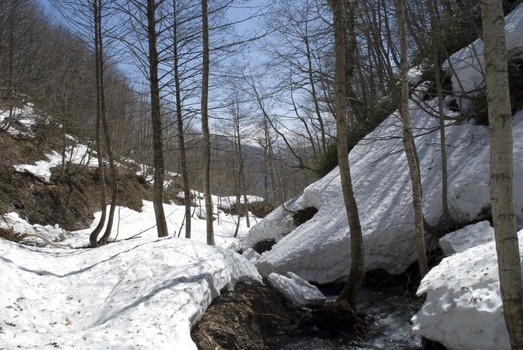Over two billion people will have lower amounts of water for drinking and irrigation due to the decline in the snow melt that has fed the northern hemisphere of Earth as a result of higher temperatures produced by climate change. Justin Mankin, a postdoctoral fellow at Columbia University’s Earth Institute based jointly at the institute’s Lamont-Doherty Earth Observatory and the NASA Goddard Institute for Space Studies, and colleagues identified 97 regions of the planet that are the most likely to have less water available in the next 20 years.
The snow that had remained on mountains is melting earlier and reducing the amount of water that can be available. The conditions that will be produced by the lack of water are similar to the drought and fires that have devastated California. The Colorado and Rio Grande rivers, the rivers that feed Morocco from the Atlas Mountains, the Duero basin that feeds water to Portugal, Spain, and southern France, and aquifers in Italy, the Balkans, the Caucasus nations, Turkey, Syria, Saudi Arabia, and Iran will all be involved in a new drought.
Other regions of the Earth will experience increased amounts of rain due to climate change. China and India are expected to receive the highest levels of rain in the future. The change in water patterns will change the sources of food supply, produce fires on a scale never seen by modern man, and eventually cause mass migrations of people to regions that have water. Some wars may be abandoned in the regions that are presently at war due to drought but other wars over water are expected to take their place.















